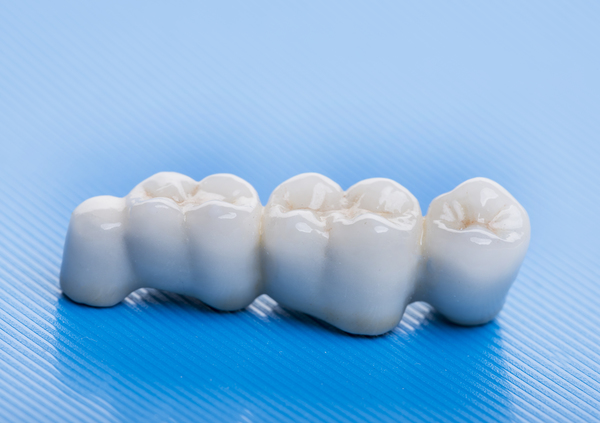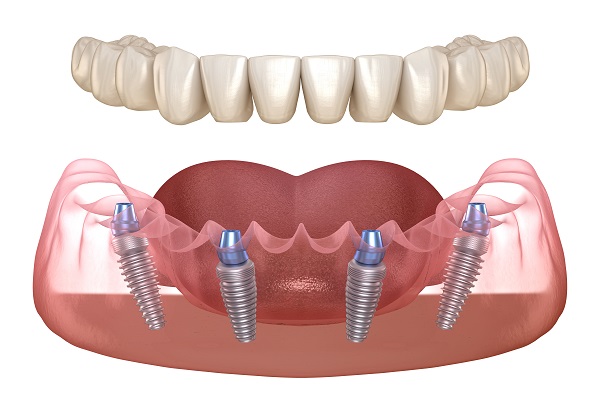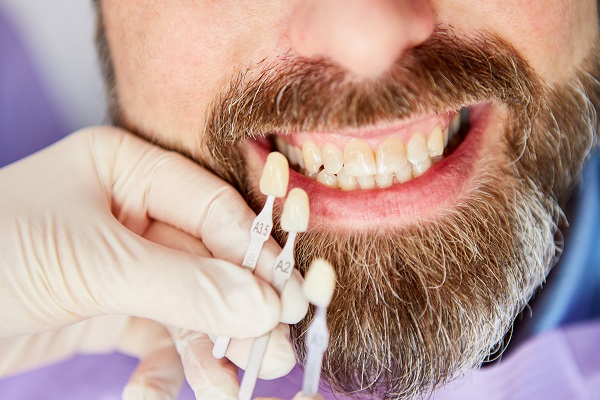3 Dental Bridge FAQs

The function of a dental bridge is to literally bridge the gap left after a tooth is lost or extracted due to damage or infection. This tooth replacement option offers a natural-looking and durable solution for many patients. This article answers some frequently asked questions about dental bridges.
3 Frequently asked questions about dental bridges
A dental bridge is made up of two or more crowns fitted over the teeth on the sides of the gap. These teeth are called abutment teeth and they provide structural support for the false tooth (called the pontic) that sits in the gap. Nowadays, bridges are usually produced from porcelain and serve as a lasting, natural-looking option for replacing lost or damaged teeth.
1. What are the different types of dental bridges?
Some of the common types of dental bridges include:
- Traditional bridges: These are the most common option, and they have one or more false teeth supported by crowns on each side
- Maryland bridges: This type of bridge functions by fixing the pontic to only one side of the adjacent teeth, often the back. The adjacent teeth require no filing, making it more conservative
- Cantilever bridges: These are usually used when there are healthy teeth on only one side of the gap or missing tooth. This option is not advisable for areas of the mouth that face high stress or pressure, such as the back molars
Note that each of these bridges has its benefits and drawbacks. The dentist will help patients choose the most suitable option for them.
2. What happens during a dental bridge appointment?
Patients looking to get a dental bridge should prepare for at least two appointments. After the initial appointment, the dentist will prepare the nearby teeth for the crown process. A small layer of the tooth enamel will be removed to connect the bridge structure. The process may take about an hour since the teeth need to be shaped with the utmost precision. The dentist will take impressions of the teeth and provide a temporary bridge to wear before the final bridge is ready.
At the second appointment, the dentist will remove the temporary bridge and place the permanent bridge. This appointment may occur about three weeks after the first appointment to allow enough time to produce a fitting bridgework.
3. Is any special care necessary for dental bridges?
The bridge should feel normal in the mouth after the procedure. The bite should be aligned, but it may take some time to get used to the shape of the bridge. The dentist will recommend eating only soft foods at first until the mouth recovers from any initial sensitivity.
To maximize the lifespan of the bridge, it is necessary to take oral hygiene seriously. Aside from flossing the natural teeth, patients also need to floss under the fake tooth, as well. Flossing can be difficult with a dental bridge, so the dentist might provide special cleaning tools and instructions on how to properly clean the teeth. Regular dental appointments are also important for checkups and cleaning. With proper care, a dental bridge can last up to 10 years or more on average.
Ready to get started with a dental bridge?
If you have additional questions about dental bridges, we invite you to schedule a consultation with our dentist for answers.
Request an appointment here: https://www.familydentistry.com or call SoCal Dental of Agoura at (818) 597-0100 for an appointment in our Agoura Hills office.
Check out what others are saying about our dental services on Yelp: Dental Bridges in Agoura Hills, CA.
Recent Posts
When it comes to replacing one or more missing teeth, the choice often comes down to a dental bridge or dental implants. Getting a proper replacement is important in order to restore the appearance of your smile. If you are considering the tooth replacement process, then you may want to know about the difference between…
The All-on-4® procedure is a popular choice for those looking to undergo a hybrid method of tooth replacement. Implant-supported dentures combine dental implants and dentures into one restoration, which allows patients to smile confidently, speak comfortably and eat naturally. While the All-on-4® procedure is relatively popular, it is still rather new to dentistry, which is…
One of the most popular reasons people seek cosmetic dentistry is to improve the color of their teeth. We all start with pearly white teeth, but they pick up stains and discoloration over the years. Fortunately, there is a cosmetic dentistry treatment for any type of stains your teeth pick up.There are various reasons why…
Invisalign® and traditional braces are two of the more common methods of orthodontic treatment. Each option offers unique benefits, and one may be preferable to another in certain situations. This review offers insights into how Invisalign and traditional braces compare to one another and how to choose the best option for you. Invisalign and traditional braces…


